Organic cotton is often banded around like a stamp of righteousness, and with some justification. The benefits of organic cotton are well documented; it really does help people, nature, and climate change. However, most of us don’t fully appreciate what it means, or why organic farming methods are so important for us to create a sustainable cotton industry.
[Looking to find organic cotton clothing at the click of a button? Start here with our unique search tool - just type ‘organic cotton’, and we’ll do the rest.]
Firstly, it helps to remember that all cotton garments, whether made of organic cotton or not, start off life as a plant, before the fluffy buds are picked, spun into yarn, and woven to form fabric. Our disconnection with this process often makes it harder for us to appreciate the energy and resources needed to make our favourite pair of pants.
Secondly, we have to think about scale. Over 50% of the clothes sold in the UK are made of cotton, which works out at more than half a million tons per year.
Based on global production averages, this amount of cotton requires nearly 1 million hectares of land, for the UK market alone. With these numbers in mind, it’s plain to see the importance of how this vital crop is produced.
The pitch For Organic Cotton
The term organic covers a broad range of principles, all of which are designed to work in parallel with natural systems. In particular, it prohibits the use of artificial components, such as genetically modified (GM) plants, and synthetic pesticides, herbicides, or fertilisers. And in more general terms it promotes sustainable farming practices, which help maintain soil fertility and biodiversity in the long run.
There is no doubt that organic cotton production puts nature first, and because of this the pros far outweigh the cons, for farmers, the environment, and us.
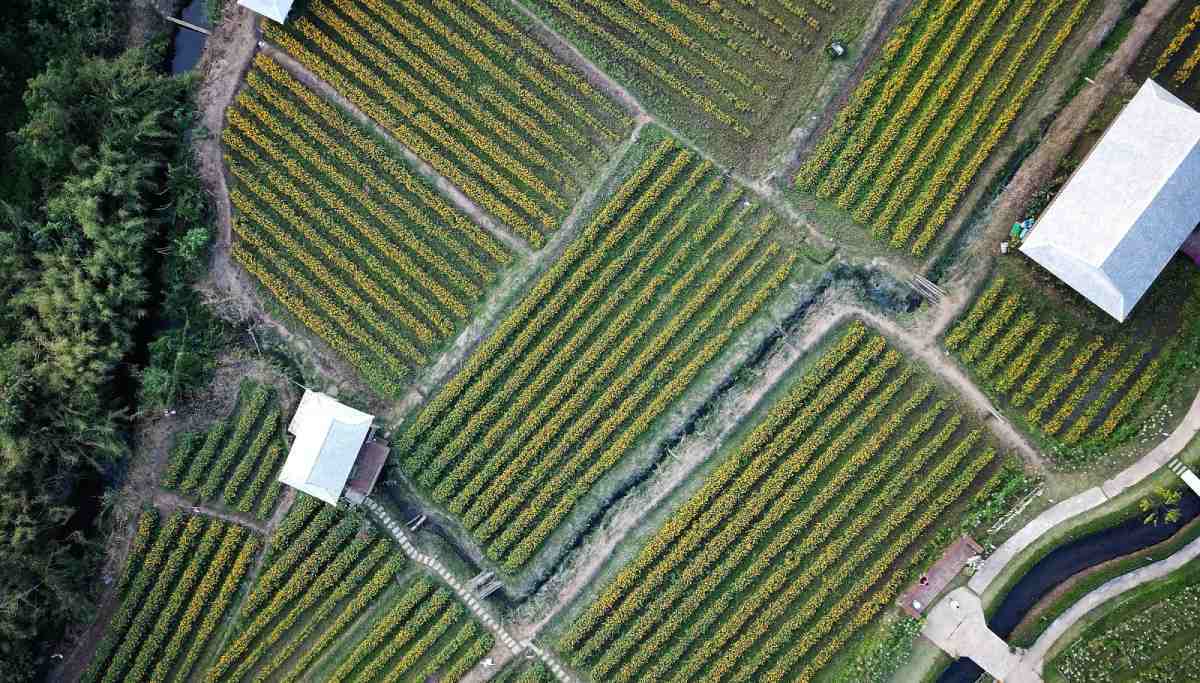
Benefits Of Organic Cotton
More fertile land
Long term, organic farming practices help maintain soil fertility. The adoption of traditional composting along with the prohibition of synthetic pesticides and fertilisers, allows organic farms to maintain the natural ecosystems essential for plants to thrive.
By contrast, years of intensive chemical use on conventional cotton farms often washes out natural nutrients leaving farmers with soil that is practically useless without the use of artificial fertilisers. This acidification of land can be reduced by up to 70% where organic techniques are adopted, thereby ensuring long term viability of farms, without a dependence on expensive synthetic fertilisers.
It saves precious water
You’ve probably heard about how thirsty cotton can be, requiring around 2700 litres of water for just one t-shirt. Whist organic cotton itself is not an exception to this rule, organic practices do help save water. In simple terms, the majority of organic cotton farms are rain-fed. This means all the water needed for growth comes from the rain only, as opposed to man-made irrigation systems that draw water out from natural reservoirs, such as lakes and rivers. Meanwhile, natural practices like composting help create healthier soil that acts like a sponge, soaking up water during floods, and releasing it during droughts.
According to some independent studies the natural approach associated with organic cotton farming uses up to 91% less water than conventional irrigated plantations. When we consider that cotton is often grown in parts of developing countries where water suppliers are limited, savings like this are crucial to both the environment, and the wellbeing of local communities.
Cleaner water for workers and local communities
In reality, the use of pesticides on many conventional cotton farms is not well controlled. Not only does it damage ecosystems, but also poison water systems, and endanger workers, who can’t always afford the equipment needed to protect themselves. Direct contact with many of these chemicals poses a serious risk to human health, so again the natural approach of organic practices eradicates this problem.
Less greenhouse gasses
The use of natural manure and compost on organic farms creates soil particularly high in organic matter, which in turn acts as a natural carbon sink that helps lock up CO2, and mitigate climate change. This, coupled with a reduced need for chemicals, results in organic cotton emitting up to 46% less greenhouse gas compared with conventional cotton.
Crop rotation means greater economic security
Crop rotation is an essential part of organic cotton farming, which means that cotton is never grown year after year on the same bit of land. This helps farmers in two ways. Firstly, the alternative crops help maintain essential soil nutrients such as nitrogen and phosphorus, so that overall yields are maintained by natural means. Secondly, the alternative crops that are grown provide a certain relief from dependence on a cash crop like cotton, which is susceptible to fluctuations in market prices. The net result, a more secure outlook for organic farmers in terms of food supply and cash flow.
Control in the farmers hands
Because Organic farming prohibits the use of GM seed, farmers are not reliant on giant multinationals like Monsanto, creator of the infamous ‘Bt cotton’ strain. Instead, they can save their seed from previous years and work with the environment in a sustainable way, thereby maintaining control over their ecosystem on their land.
[Want to support organic farming without compromising on style? It’s easier than ever with our ethical clothing search engine, click here to discover fashion that puts the environment first.]
Problems with organic cotton?
Yields
It’s difficult to find an outright negative associated with organic cotton when compared directly with the conventional GM alternatives. However, critics of organic farming will usually claim that it cannot achieve the same high yields as a GM crop.
The truth is, the factors affecting yields are extremely complex, and there is no golden bullet that solves all. Increasingly though, studies are suggesting that the long term outlook on yield is actually better for organic farmers. Although GM varieties have been shown to increase yields for the first few years of use, many farms have found that pest species rapidly develop resistance, and that secondary pest species even prosper during this initial period. As a result, GM varieties of cotton often require more spraying with pesticides than ever before.
Where this happens, farmers growing GM varieties are caught in a bind, spending more on seed, pesticides, and fertilisers. Meanwhile, organic farmers not only have lower input costs, but they also enjoy a premium price for their product, around 20% higher than conventional cotton. The net effect of all this, organic farmers are indeed better off long term, and even if yields are lower, this is normally compensated by other efficiencies of the organic business model.
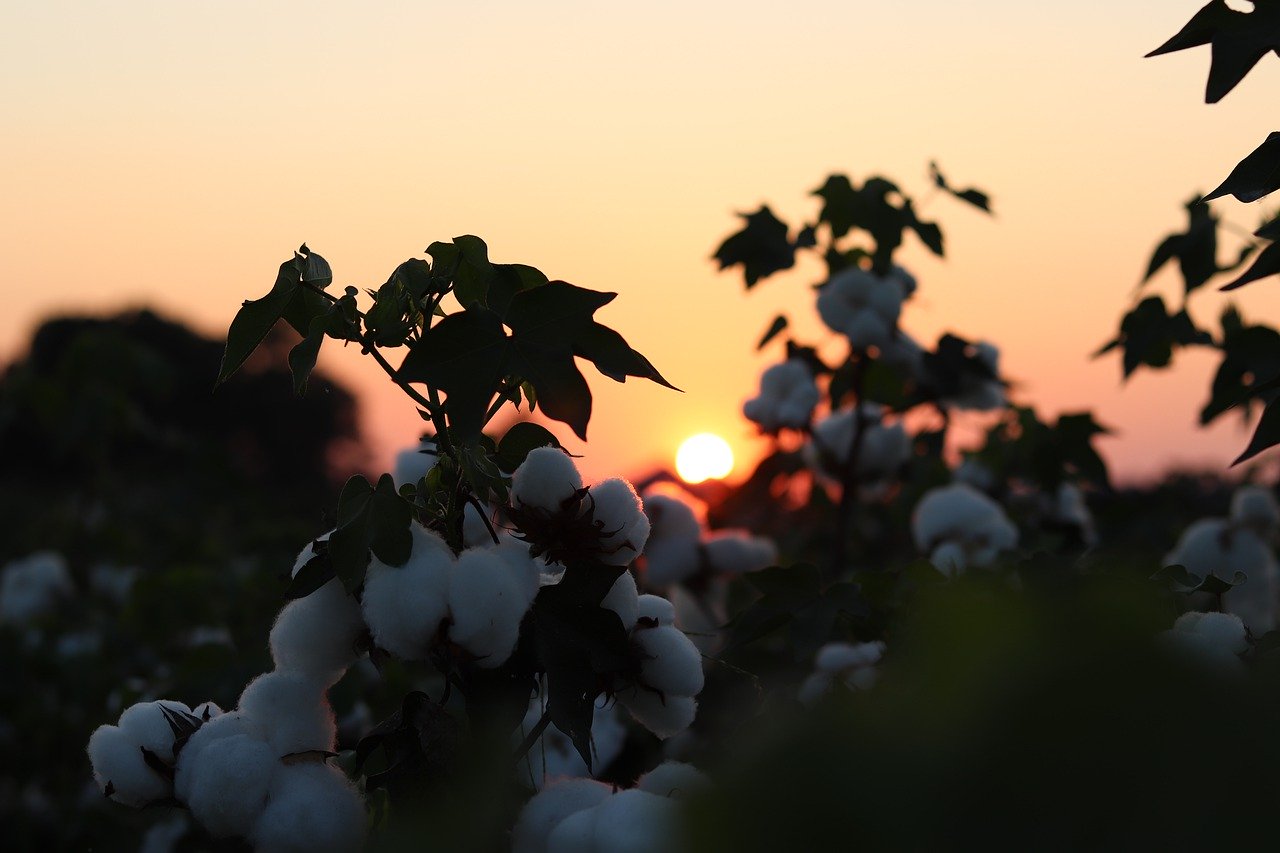
Why isn’t all cotton organic?
If the organic cotton is so superior to GM alternatives, then it’s logical to ask why more of the world’s cotton is not produced in this way. Today less than 1% of global production is certified organic, and although demand is increasing steadily, we obviously have a long way to go. There are three significant hurdles that prevent the spread of organic farming practice.
Firstly, to achieve organic certification farmers have to undergo a 2-3 year conversion period to allow ecosystem recovery. During this time yields are typically much lower than usual, which for many farmers that live close to the poverty line, is a financial sacrifice they simply cannot afford. To circumvent this would require government level intervention, such that farmers are at least compensated for loss of earnings during the conversion period. Programs like this have been used in Greece where their tiny organic cotton industry is subsidised by the European Union, though similar examples where cotton is farmed on a larger scale are not commonplace.
Secondly, because organic promotes natural systems and less intensive farming ahead of bigger yields, we have to be prepared to pay more for the final product. The price of textiles in general has been ground down by the modern fashion industry, such that our expectations of what we should pay for our clothes have become unrealistically low. The knock on effect is that profit margins all along the supply chain have been squeezed. Even though organic cotton sells at a 20% premium, this is still not enough. To really incentivise the effort of conversion to organic practice, we have to pay more and ensure that the benefit actually reaches farmers and their families.
Finally, in most cases it’s not easy to trace an item of clothing all the way back to the farm where it was grown. Conventional cotton fibre is usually mixed from several different regions, or even countries, to generate consistent yarn. To achieve organic certification on scale, these systems have to be transparent, traceable, and set up to handle the organic product separately. And with less than 1% of the total market, unfortunately there is still limited appetite to make this happen.
How We Can Support Organic Cotton
The obvious way that we can all support the organic cotton industry is with our wallet, by buying organic. This should be straight forward, but because organic textiles are not controlled in the same way as organic food, manufacturers can actually write ‘100% organic’ on a clothes tag without any certification. So, to ensure we are putting our money in the right place, we should always look for real certification.
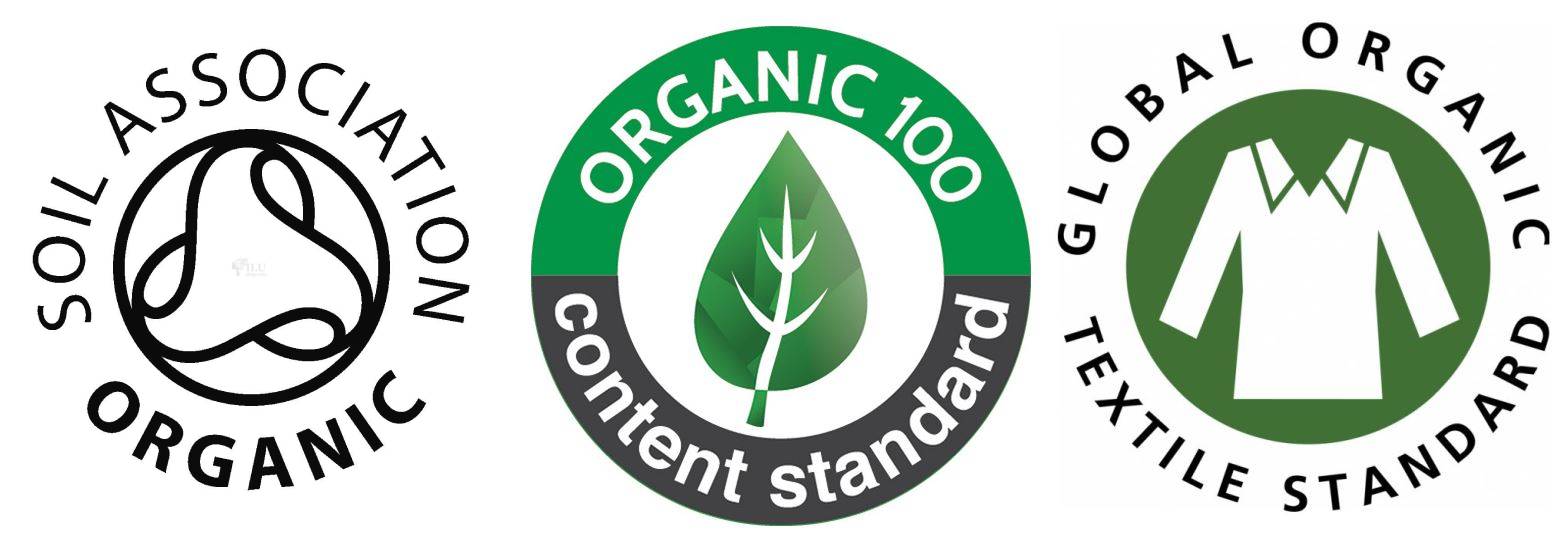
There are three key organisations we need to know; Global Organic Textile Standard (GOTS), The Soil Association, and Organic Content Standard (OCS).
OCS is a body that simply checks that a garment is truly made from organic cotton fabric as claimed, by tracing supply chains. It also covers other natural fabrics such as linen, hemp, and silk.
GOTS is the standard used by the Soil Association, so they actually mean the same thing. These two certifications go a lot further than OCS, by checking a range of social and environmental impacts, beyond the assurance of organic cotton content. These include strict factory requirements that protect workers, control wastewater, and ensure the use of low impact dyes.
GOTS provide two label grades. The top level is ‘Organic’, which means that a garment is made from 95% certified organic fibres. The second level is ‘made with X% organic’, which allows a garment to be made of a minimum 70% certified organic fibres, and up to 10% synthetic fibres. The latter certification was created so that organic could encompass more elastic clothes such as socks and sportswear.
It’s important to note that some manufacturers will sell what they call ‘sustainable cotton’, but this label misleading unfortunately misleading. There is no relation to organic production that produces real sustainable cotton, and it doesn’t come close to organic in terms of environmental protections.
To play your part, the next time you need to buy cotton, make sure it’s organic, think longevity, and be prepared to pay a little bit more for the real thing! If a t-shirt claims ‘organic cotton’ and it costs $5, it’s probably not organic at all.











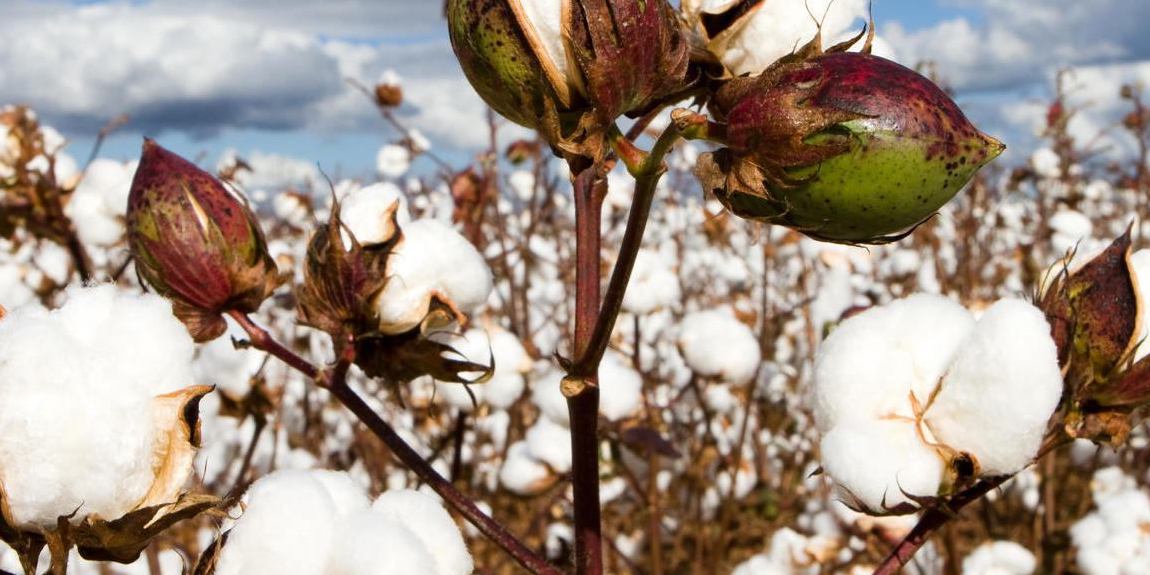
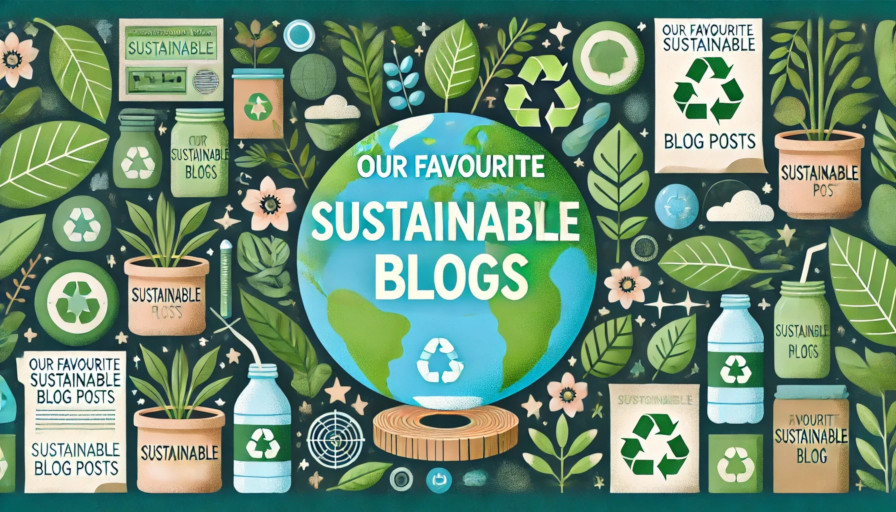

 Be the first to know when Europe's top ethical brands are on sale, sign up to our newsletter here
Be the first to know when Europe's top ethical brands are on sale, sign up to our newsletter here